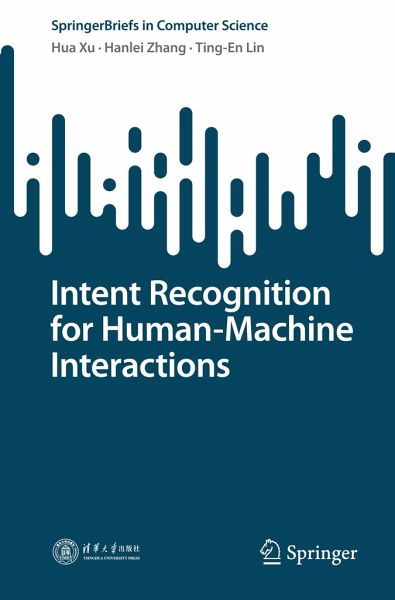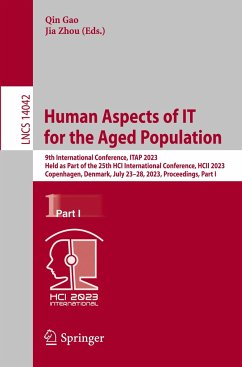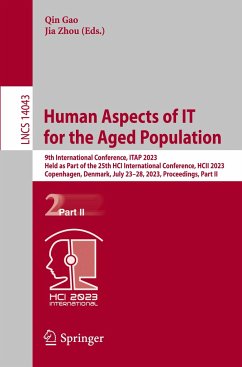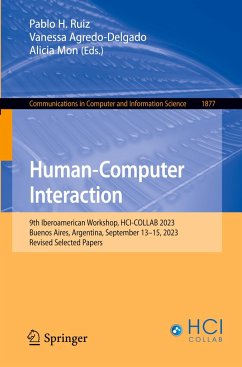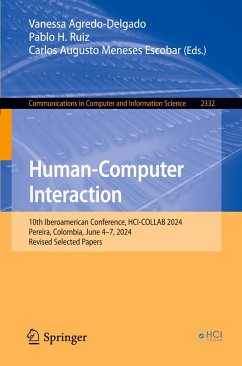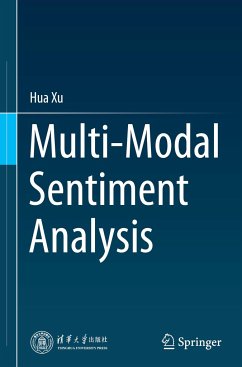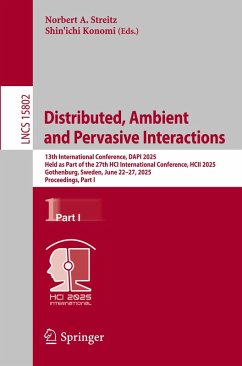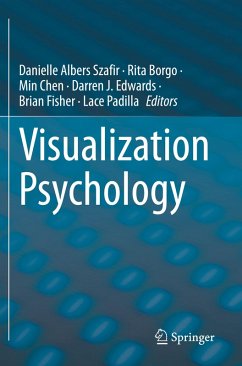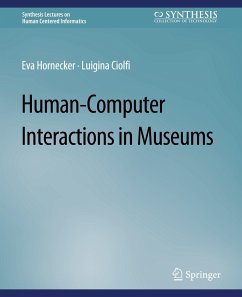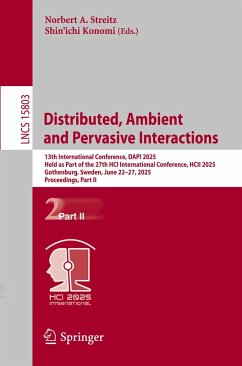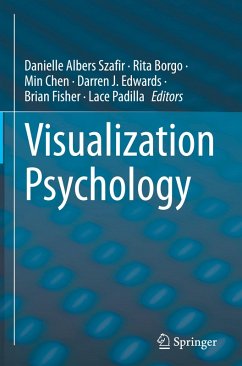Hua Xu is a leading expert on multi-modal natural interaction for service robots, evolutionary learning, and intelligent optimization. He is currently a tenured associate professor at Tsinghua University, editor-in-chief of Intelligent Systems with Applications, and associate editor of Expert Systems with Application. Prof. Xu has authored the Chinese books "Data Mining: Methodology and Applications" (2014), "Data Mining: Methods and Applications-Application Cases" (2017), "Evolutionary Machine Learning" (2021), "Data Mining: Methodology and Applications" (2nd edition) (2022), "Natural Interaction for Tri-Co Robots (1) Human-machine Dialogue Intention Understanding" (2022) and "Natural Interaction for Tri-Co Robots (2) Sentiment Analysis of Multimodal Interaction Information" (2023), and published more than 140 papers in top-tier international journals and conferences. He is a core expert of the No. 3 National Science and Technology Major Project of the Ministryof Industry and Information Technology of China, senior member of CCF, member of CAAI and ACM, vice chairman of Tsinghua Collaborative Innovation Alliance of Robotics and Industry, and recipient of numerous awards, including the Second Prize of National Award for Progress in Science and Technology, the First Prize for Technological Invention of CFLP, and First Prize for Science and Technology Progress of CFLP. Hanlei Zhang obtained his BS degree from the Department of Computer Science and Technology at Beijing Jiaotong University in 2020. He is currently pursuing a PhD in the Department of Computer Science and Technology at Tsinghua University. His research goal focuses on analyzing human intentions in real-world scenarios. Hanlei has published five first-authored peer-reviewed papers in top-tier international conferences and journals, including AAAI, ACM MM, ACL, and IEEE/ACM TASLP. His research interests encompass various areas such as intent analysis, open world classification, clustering, multimodal language understanding, and natural language processing. During his undergraduate studies, Hanlei was the recipient of the National Scholarship twice and was also recognized as a Beijing Excellent graduate. During his PhD career, he has received the first prize of the overall excellence scholarship twice and has been nominated for the Apple Scholars in AL/ML. Ting-En Lin stands at the forefront of Conversational AI as a senior researcher at Alibaba's prestigious DAMO Academy. With an unwavering commitment to advancing the field of natural language processing, Tony has made significant strides in multimodal understanding, shaping the future of human-computer interaction. Educated at renowned institutions, Tony earned his Bachelor's degree in Electrical and Computer Engineering from National Chiao Tung University (NCTU) before pursuing his MPhil in Computer Science and Technology at Tsinghua University (THU). Under the guidance of Prof. Hua Xu, Tony honed his expertise and embarked on a fruitful research career. As a prolific contributor to the AI community, Tony has published numerous papers in leading conferences such as ACL, EMNLP, KDD, SIGIR, and AAAI. He is also a dedicated member of the program committee, ensuring the growth and development of the field.
